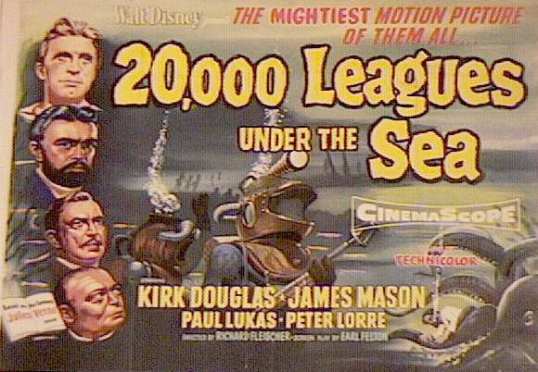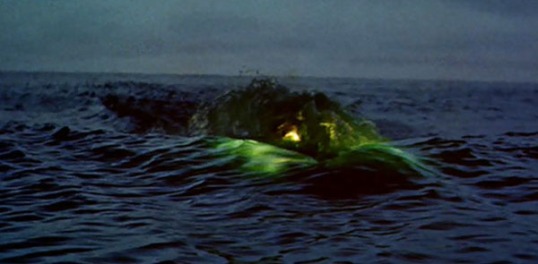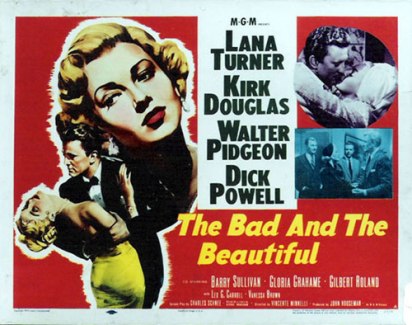The 41st film in Mill Creek’s Fabulous Forties box set was the 1946 film noir, The Strange Love of Martha Ivers. While The Strange Love of Martha Ivers is definitely a superior example of noir and features Barbara Stanwyck in one of her best femme fatale roles, the film is best remembered for being the film debut of a Hollywood icon.
In December of this year, Kirk Douglas will turn 100 years old. He is one of the few stars of the Golden Age of Hollywood left. (Olivia De Havilland is another. She’ll be turning 100 on the 1st of July.) Though he’s had his share of health issues over the past few years, it is somehow not surprising that Kirk Douglas is going to make it to a hundred. In fact, it probably wouldn’t be surprising if he lasted for another hundred after that. Regardless of how old or young he may have been at any point in his career, Kirk Douglas has always epitomized virile masculinity. Whenever you see Kirk Douglas in a film, you know that you might not like or trust his character but you definitely want him around if things start to get tough. That remains true whether you’re watching Kirk in The Bad And The Beautiful or in Holocaust 2000.
That’s why it’s interesting to see Kirk cast very much against type in his very first film. In The Strange Love of Martha Ivers, Kirk Douglas plays Walter O’Neil. Walter is the district attorney of a Pennsylvania mining town called Iverstown. He is married to Martha Ivers (Barbara Stanwyck), the niece of the widow of the man who founded Iverstown. Walter owes almost all of his success to the influence of the Ivers family and he knows it. He’s also in love with Martha but she doesn’t love him. And he knows that as well. Walter deals with his insecurity by drinking.
Walter and Martha have a secret. Seventeen years ago, Walter witnessed Martha murder her abusive aunt. (The aunt is played by Judith Anderson, the creepy housekeeper from Rebecca.) Walter helped Martha to cover up the crime, lying that he saw a burglar beat the aunt to death. As a result of their lies, an innocent man was executed for the murder.
Now, many years later, Sam Masterson (Van Heflin) has returned to Iverstown. Sam was a friend to both Martha and Walter when they were younger. Sam came from the poor section of town and ran away shortly after the death of Martha’s aunt. Walter has always suspected that Martha truly loves Sam. When Sam — now a drifter and a gambler — shows up in town, Walter fears that he knows the truth about the aunt’s death. Walter is scared that Sam is going to blackmail him. Even worse, he’s scared that Sam is going to steal Martha away from him.
Walter has reason to be worried. Having met a troubled young woman named Toni (Lizabeth Scott), Sam believe he is no longer in love with Martha. However, Martha does claim to love Sam and Sam finds himself being drawn back to her. In fact, Martha loves Sam enough to suggest that maybe he should murder Walter…
The Strange Love of Martha Ivers is an entertaining melodrama, one that features great performances from Heflin, Stanwyck, and Scott. However, in the end, it’s mostly interesting because Kirk Douglas is not only making his debut in a totally atypical role but he also does a fantastic job. If The Strange Love of Martha Ivers had been made in the 50s, Kirk probably would have been cast as Sam but he’s unexpectedly perfect in the role of the angry, self-loathing, and ultimately tragic Walter.
You watch The Strange Love of Martha Ivers and, even with Kirk Douglas cast against type, you can’t help but think, “No wonder he made it to a hundred!”


 Once upon a time, Paramount Pictures released a movie about an Italian-American organized crime family.
Once upon a time, Paramount Pictures released a movie about an Italian-American organized crime family.






